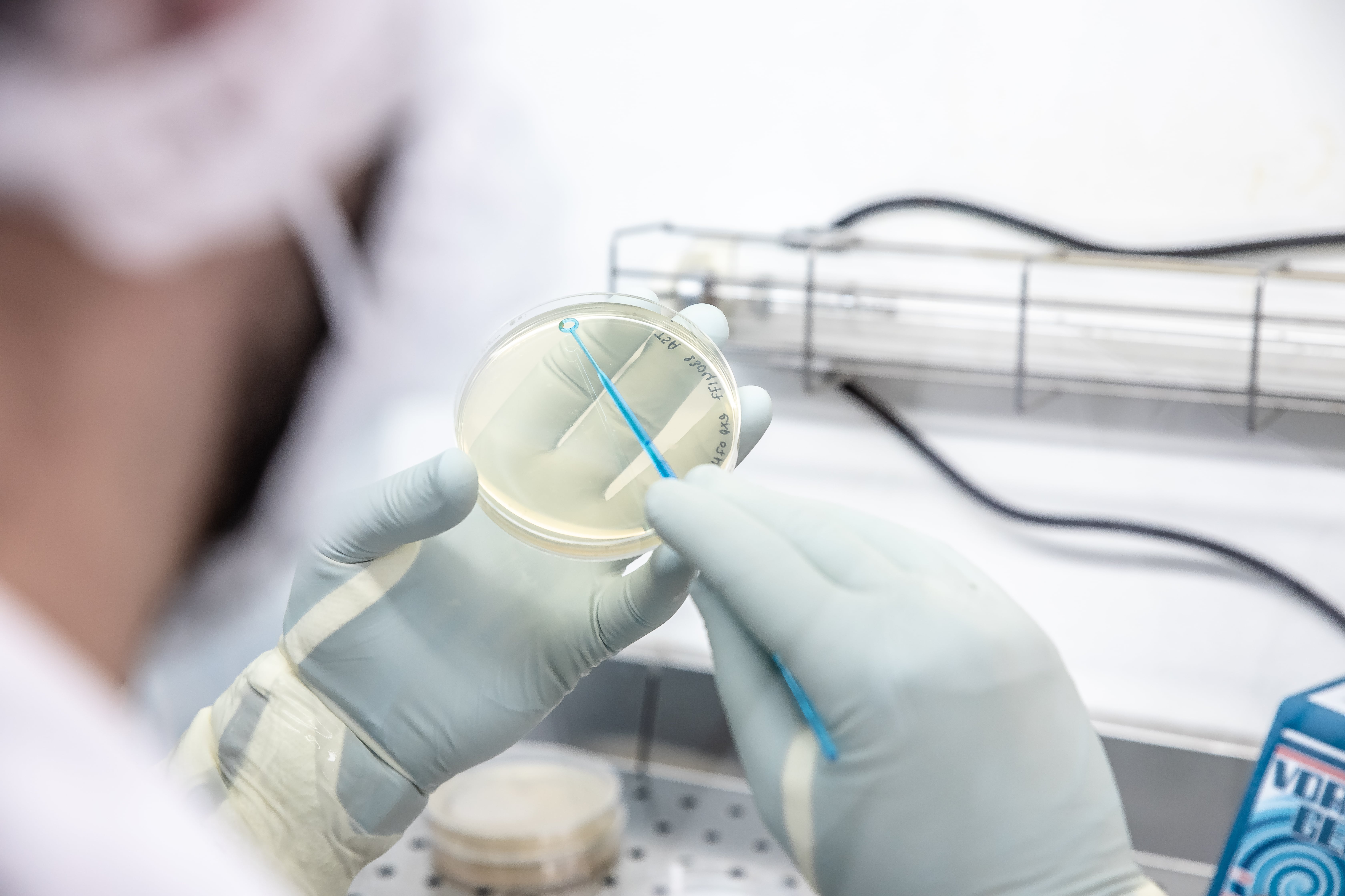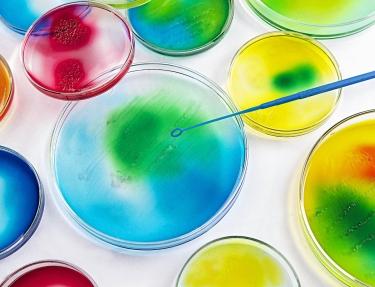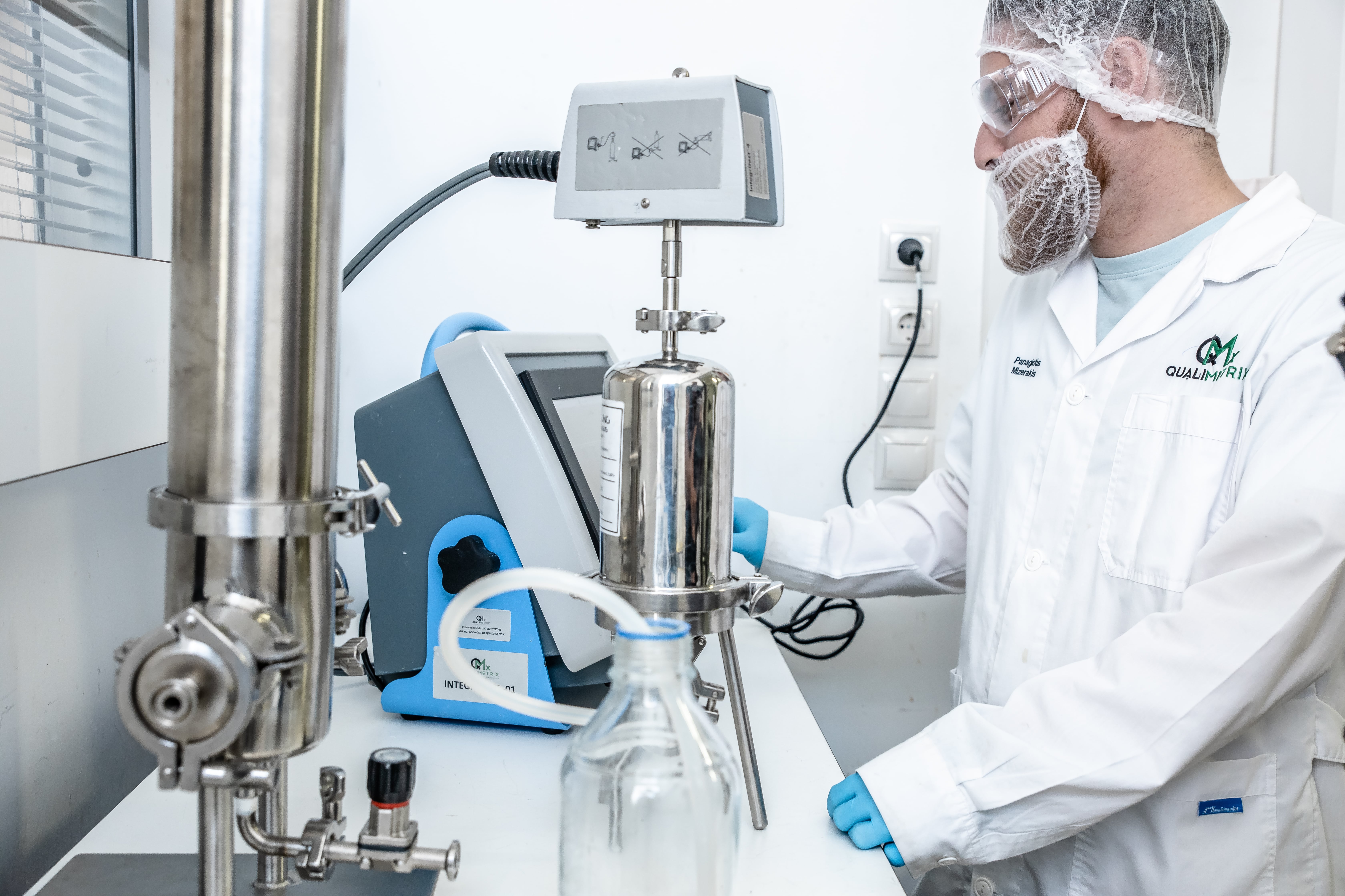- Method suitability test
- Sample analysis
Drugs contaminated by microbes can cause immediate and long-term harm to patients treated with these products. Microbes may also reduce or even inactivate the therapeutic activity of the product by altering the chemistry of the active pharmaceutical ingredient. Manufacturers have to ensure low bioburden of the finished dosage forms by implementing current guidelines of Good Manufacturing Practice throughout the manufacturing process, storage and distribution of the pharmaceutical preparations. The tests described in the harmonized chapters of E.P. 2.6.12/ 2.6.13 & USP 61/62 allow the quantitative enumeration of mesophilic bacteria and fungi that may grow under aerobic conditions. The ability of the test to detect microorganisms in the presence of the product should be established.
Testing is performed as per the registered specifications which may include: total aerobic microbial count, total yeast and molds count and specified microorganisms such as Escherichia coli, Staphylococcus aureus, Pseudomonas aeruginosa, Salmonella species, Bile-tolerant gram-negative bacteria.
Enumeration methods that can be employed include: membrane filtration, plate count method (pour plate or spread method) and most-probable-number (generally considered as the least accurate).




